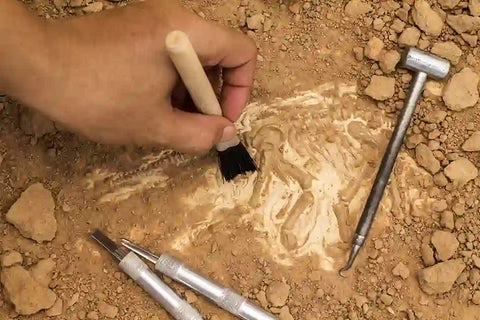考古學寫作助力期刊成功出版並取得好成績
有人說,寫作對考古學來說和田野調查一樣重要,而且文物和沈積物本身確實不會成為令人興奮的命題和關於人類行為和發展的既定理論。有效的書面溝通必須結合知識、經驗、好奇心、分析、反思、邏輯和洞察力,以彌合物質發現與由此產生的對過去的理解之間的差距。考古學寫作透過與讀者分享過去的可信且引人入勝的故事來彌合這一差距,最終塑造和重塑了對人類及其歷史的權威看法。
將考古寫作視為一種講故事的形式可以為創作引人入勝的散文奠定基礎。考古學可能不是小說,但它肯定可以從小說作家所使用的一些技巧中受益。例如,立即吸引讀者的注意力始終是一個好主意,可以透過提供有趣的背景和介紹性資訊來實現,強調讀者為什麼應該關心您的工作。從第一次破土動工到詳細檢查新遺址的文物,您的研究過程可以呈現為一個令人興奮的逐步發現的敘述。可以透過以策略性的方式揭示資訊來創造懸念元素,而提出問題是激發讀者好奇心的絕佳策略,讀者會繼續閱讀以尋找答案,並將其與他們在思考您的發現時可能想到的答案進行比較。
將您的研究以激動人心的敘述形式呈現是所有考古寫作中所需的深思熟慮的組織的一個方面。背景資訊和研究結果必須與整體論點的邏輯安排保持平衡。精心設計的結構將您要介紹的材料劃分為章節和小節,並以醒目且資訊豐富的標題和副標題來突出,這將更清晰、更有效地呈現您的論點和證據。相對較短的句子(最好是主動語態)比很長的句子更能有效地傳達訊息,但改變句子的長度和結構也是一個好策略。每個段落應盡可能集中於一個想法,並從邏輯上引導讀者進入下一個段落和想法。章節、段落、想法和句子之間的過渡應該是流暢、清晰。
畢竟,清晰度對於表達考古著作中常見的微妙性和複雜性是絕對必要的。拼字、標點和文法必須正確。在整個文件中引入和使用專業術語和非標準縮寫時必須進行定義。如果您的論點要認真對待,那麼對於考古工作至關重要的日期必須以最高的準確性和一致性來應用,並且應該向讀者解釋文件所採用的年代測定慣例。引用和參考文獻必須準確且全面,引用的每個來源也必須出現在參考書目或參考文獻清單中,而參考文獻通常也需要遵循特定的風格。最後,圖表、地圖和照片可以提供巨大的幫助,但前提是它們能夠清晰有效地傳達其所包含的訊息。它們還需要在主要討論中仔細標記和具體提及,以便讀者了解它們的內容以及它們在你的研究和論證中的確切作用。
為什麼選擇我們的編輯和校對服務?
在 Proof-Reading-Service.com,我們透過龐大且極其敬業的學術和科學專業團隊提供最高品質的期刊文章編輯、論文校對和線上校對服務。我們所有的校對人員都是英語母語人士,擁有研究生學位,他們的專業領域涵蓋了廣泛的學科,因此我們能夠幫助我們的國際客戶進行研究編輯,以改進和完善各種學術手稿,從而成功出版。我們的稿件編輯和校對團隊中許多經過精心培訓的成員主要負責擬在學術期刊上發表的文章,運用嚴格的期刊編輯標準,確保每篇論文中使用的參考文獻和格式符合期刊對作者的指示,並糾正任何語法、拼寫、標點或簡單的打字錯誤。透過這種方式,我們使客戶能夠以清晰準確的方式報告他們的研究,以打動收購校對員並實現出版。
我們為各種科學期刊論文的作者提供的科學校對服務尤其受歡迎,但我們也提供手稿校對服務,並擁有校對和編輯所有學術學科以及其他學科手稿的經驗和專業知識。我們的團隊成員專門從事醫學校對服務,我們的一些專家專門致力於論文校對和手稿校對,透過最嚴格的博士論文編輯和期刊文章校對實踐,為學者提供提高格式和語言使用能力的機會。無論您是在準備會議論文以供展示,完善進度報告以供與同事分享,還是面臨編輯和完善任何類型學術文獻以供出版的艱鉅任務,我們專業團隊的合格成員都可以提供寶貴的幫助,讓您對您的書面作品更有信心。
如果您正在為學術或科學期刊準備一篇文章,或者計劃在不久的將來實現這一目標,那麼您可能會對一本新書《期刊出版指南》感興趣,該書可在我們的「期刊發表研究成果的技巧和建議」網站上找到。








